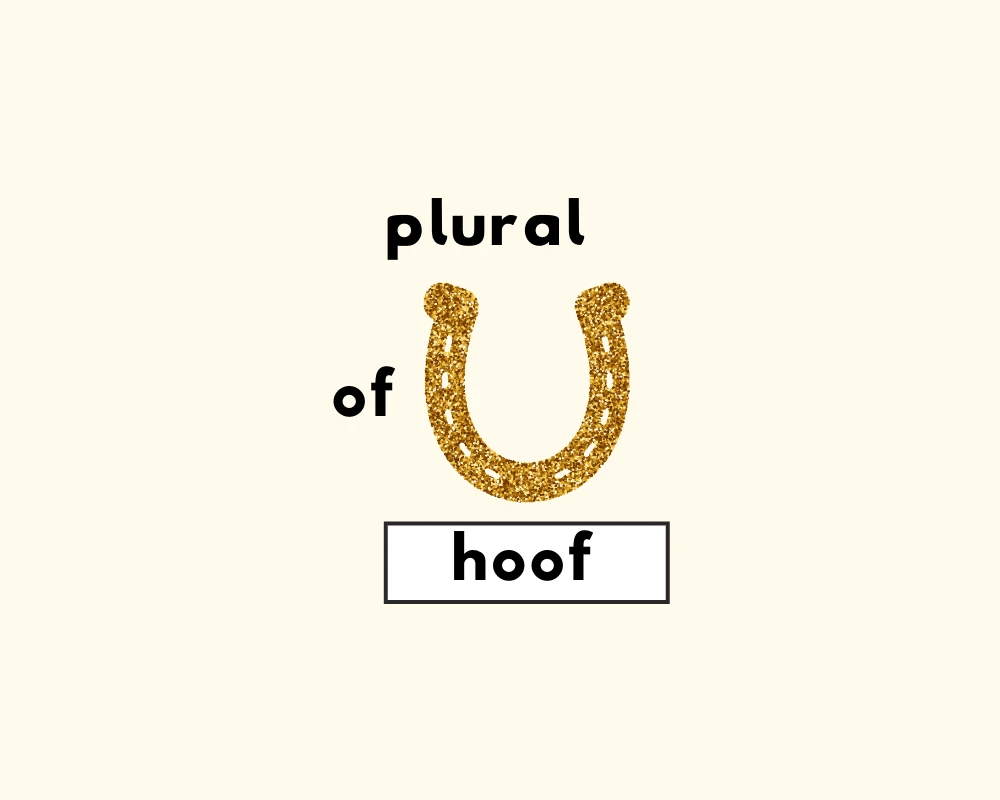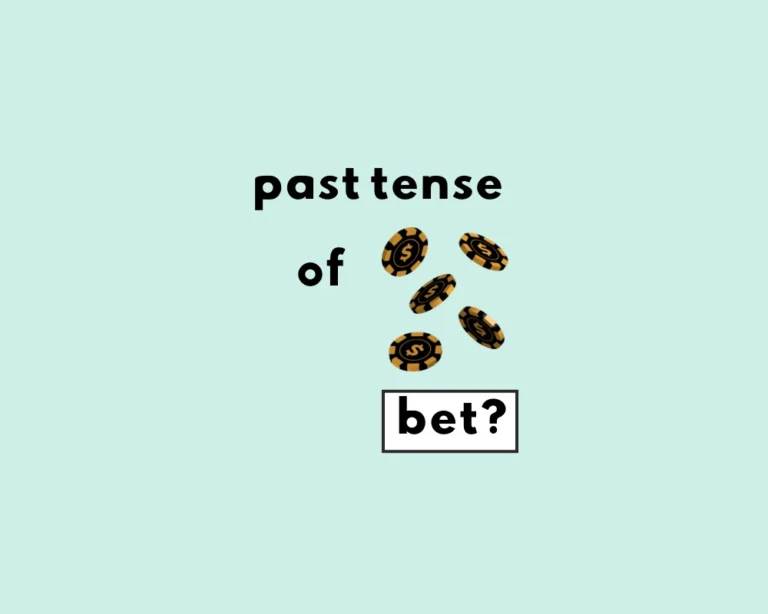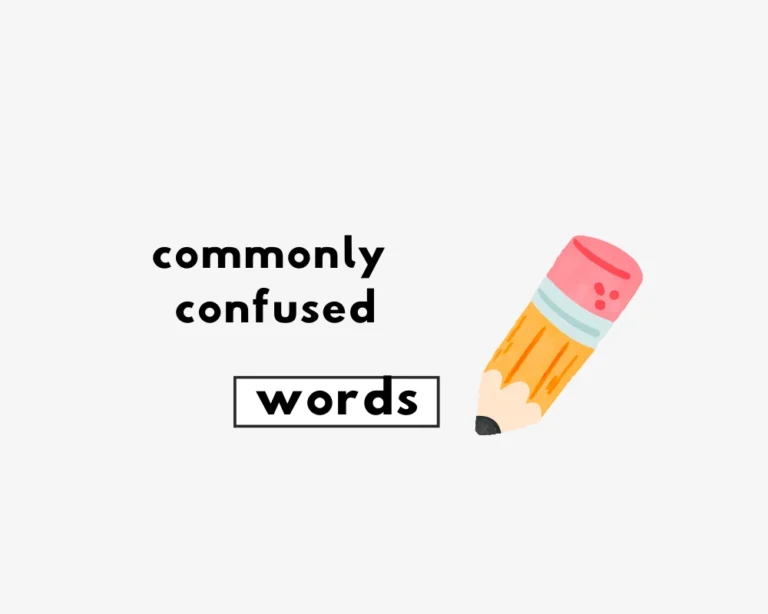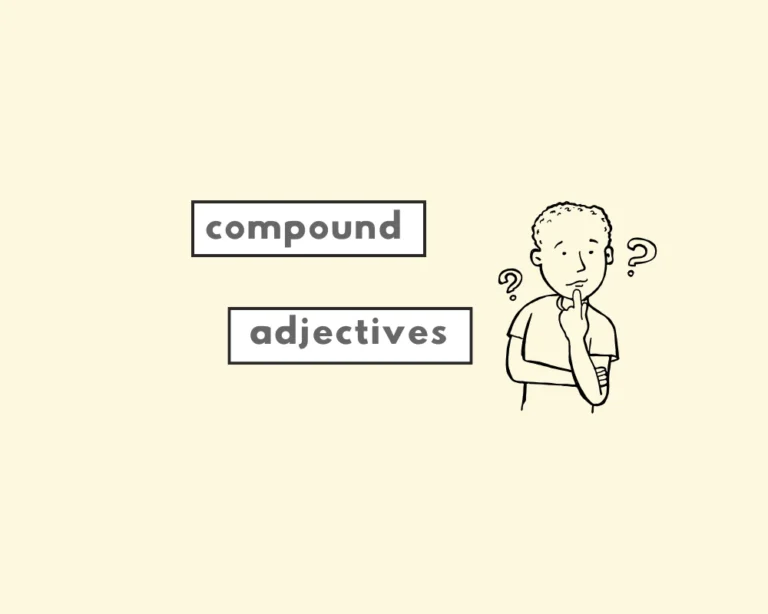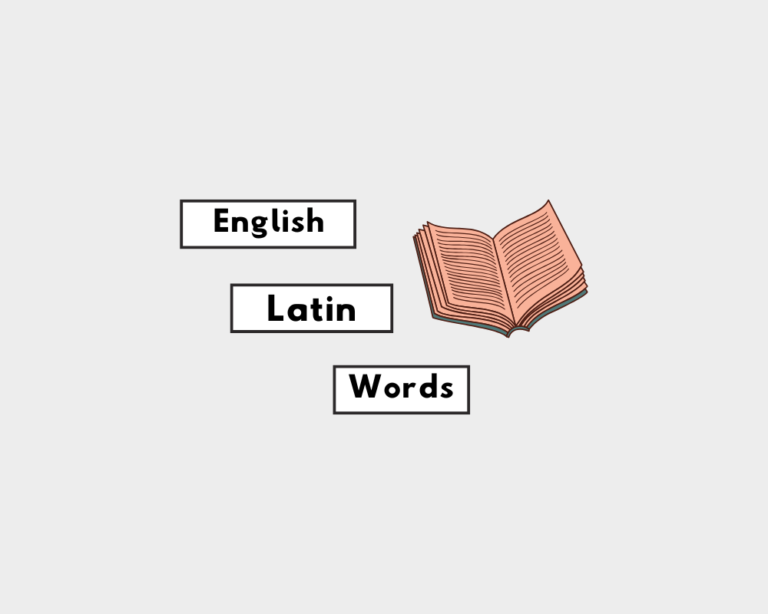What’s the plural of “hoof”?
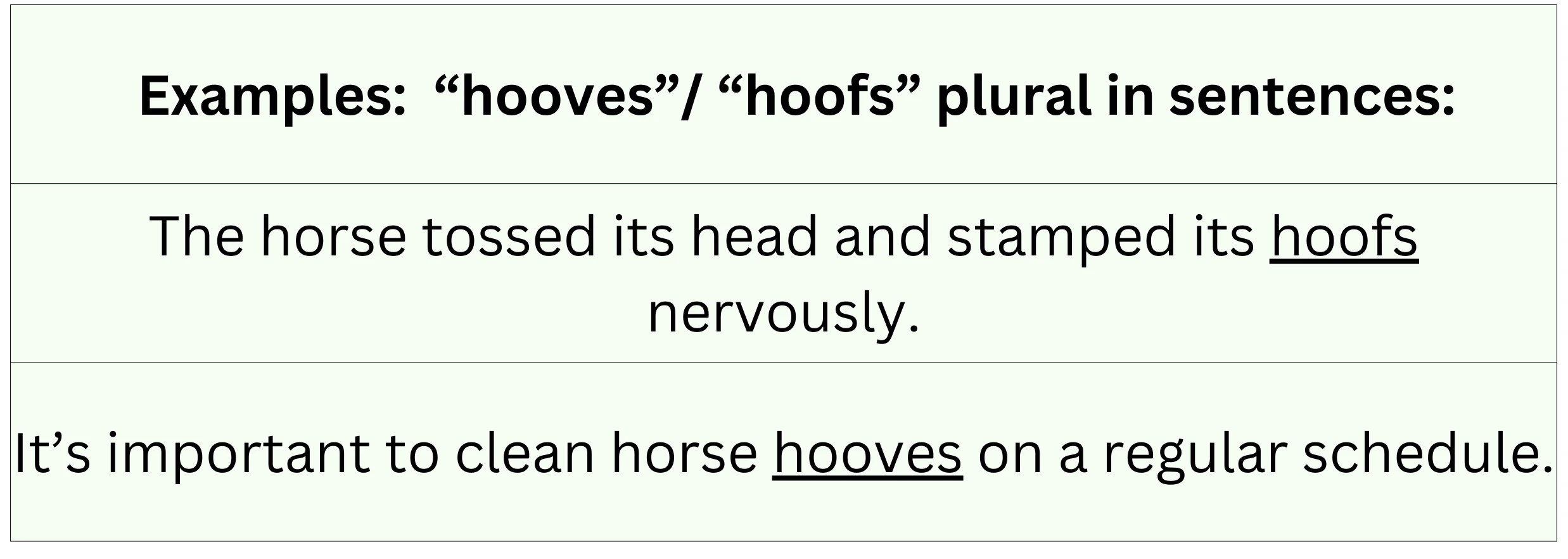
Both hooves and hoofs are accepted plural forms of a hoof. Sometimes, English grammar is up to personal preference and choice—it’s a rare occurrence, but the plural of hoof happens to be one of those cases. It’s not a debate of British English vs American English—hoofs and hooves are both correct plurals. Anyone that tries to tell you otherwise should quit horsin’ around, and learn their proper grammar plural noun forms!
As a rule of thumb, it’s best to stay consistent in writing as a form; so choose one, and stick to it.
Is hoofs/hooves a regular or irregular plural noun?
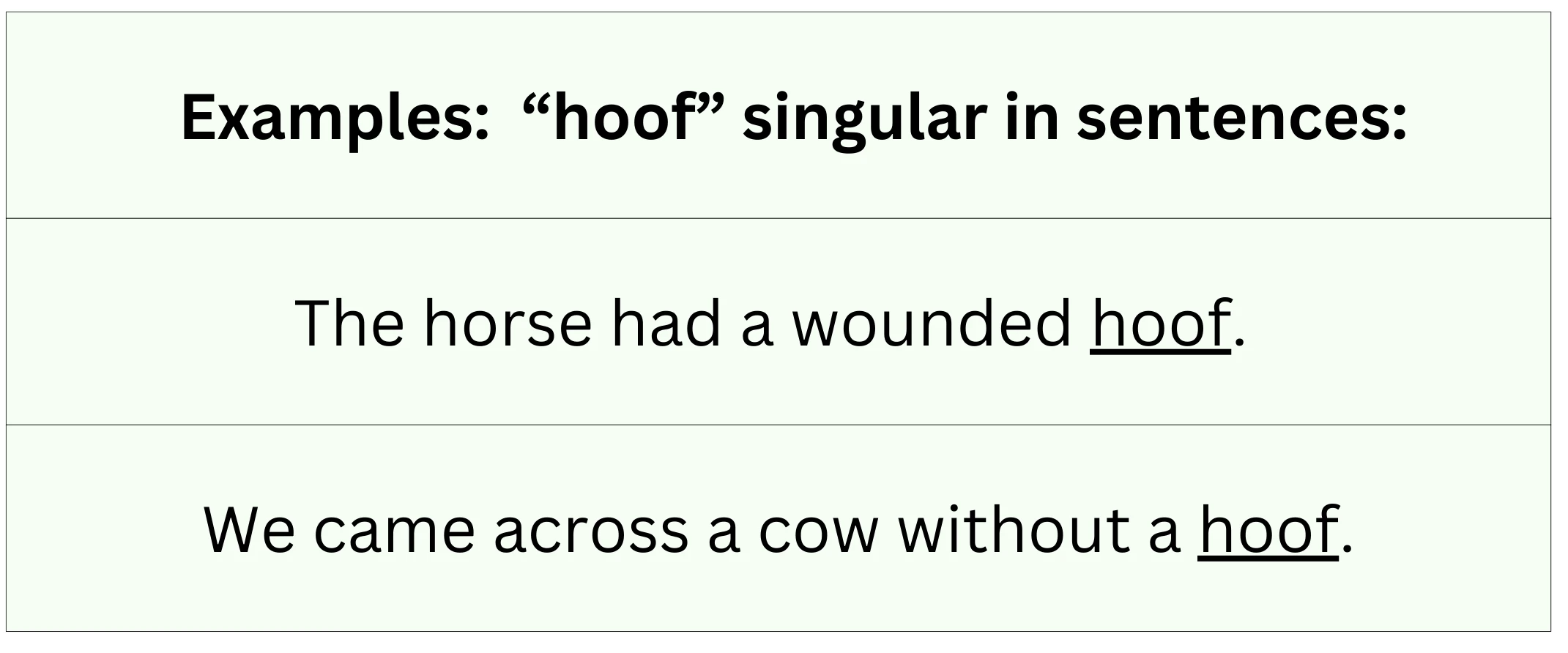
Technically speaking, a horses hoof is both a regular and irregular plural noun form, since it hoofs and hooves are accepted plural forms of hoof. That said, hooves is an irregular plural form, since it ends in -ves. Most singular nouns that end in -f or -fe modify to -ves in their plural forms. See the following chart of irregular plurals:
| singular | plural |
|---|---|
| dwarf | dwarves |
| elf | elves |
| shelf | shelves |
| thief | thieves (or thiefs) |
| wharf | wharves |
| hoof | hooves |
New English Language Learning Tips: to all my new English language learners reading this blog with your very own eyeballs: English is a weird language, so please do not worry. Stick around, and be patient with yourself while you master English prose at your very own individual pace.
Basic rules of English grammar:
Most nouns change their spelling slightly based on whether we are referring to one of something, or more than one. This is the difference between singular and plural noun forms: whether we are speaking about one thing (in the singular form,) or more than one, as a plural. As a matter of course, most plural noun forms end in –s: pens, pencils, cars, tables, chairs, plants and desks all use the conventional English grammar plural format of adding an -s at the end to indicate that there are more than one of that thing.
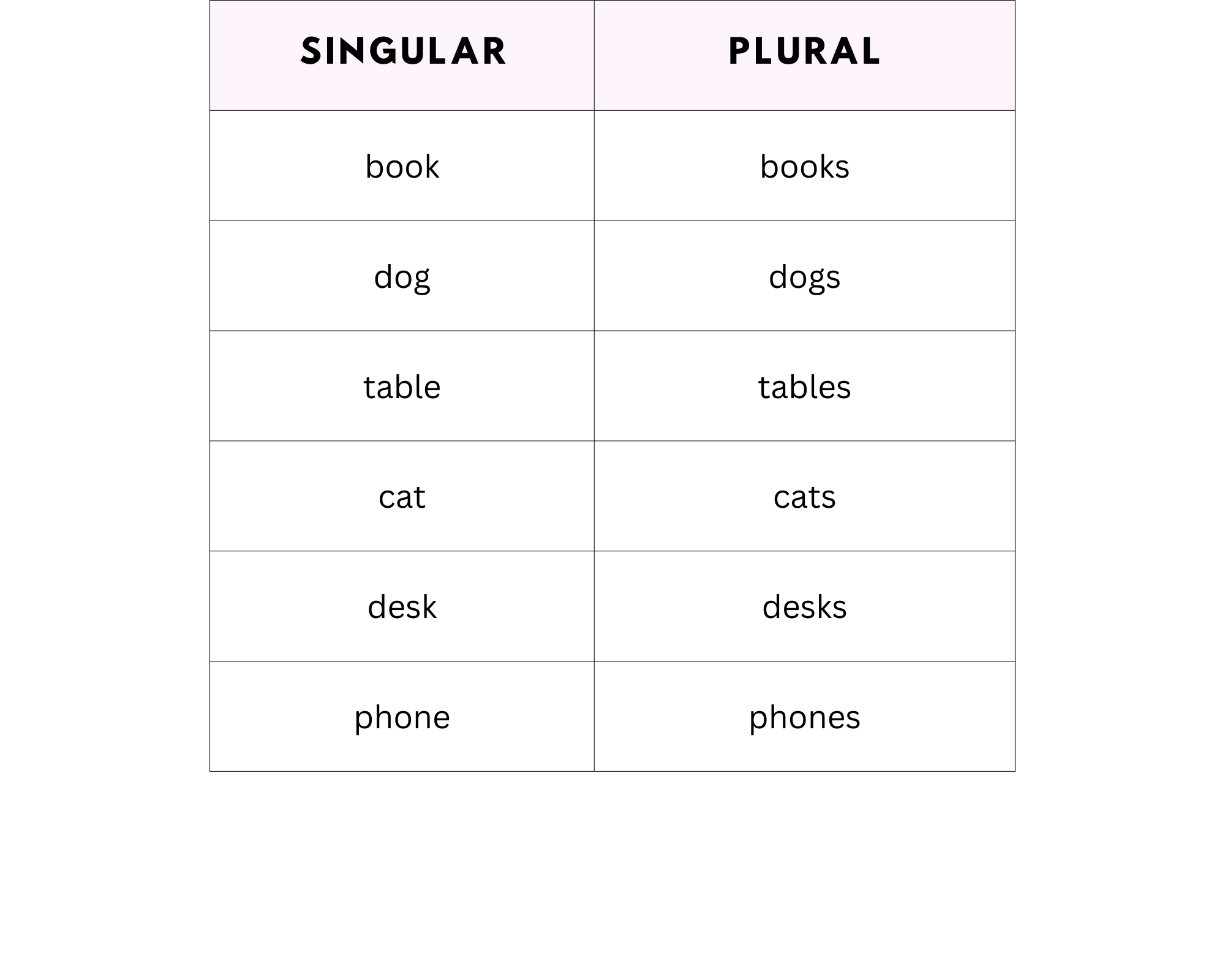
The -s suffix is simple and to the point: all you need to do in these cases is add an s at the end of the word, and immediately it becomes clear that what’s mentioned is one, or more than one of that thing (whatever it may be.) English is riddled with exceptions, and there are multiple ways to demonstrate plural noun forms; though technically, they are all considered irregular plural nouns, as they do not end in the -s or -es, as regular plural noun forms do.
Examples of irregular plural nouns

Each of these noun forms have in common is that they swap vowels with another vowel to demonstrate that there are more than one. This is an effect of the I-umlaut, which is brought down from the Germanic languages (which is what mainly comprises Modern English.)
Examples of the word hoof in application
1. Thus, the specialised cornified structures of the hoof are the wall, the sole, the frog and the periople.
2. Wild and domesticated Equus species share a very similar hoof shape and function.
3. There are several disorders and injuries that can affect the equine hoof.
4. Slow changes in hoof shape occur under any consistent change in the horse’s movement pattern and under a wide variety of pathological conditions.
5. The hoof mechanism ensures effective blood circulation into the hoof, and it aids general circulation.
Practice using the verb in different tenses with example sentences to memorize the correct forms.
Examples of the word hooves in application
1. Equid hooves are the result of the 55-million-year evolution of the horse.
2. The front and hind hooves are identical in the foal but differ visibly in the adult horse.
3. Quarter cracks are vertical splits in a hoof wall, most commonly seen on the inside of the front hooves or the outside of the hind hooves.
4. In consistently dry conditions, hooves should maintain healthy moisture levels, since most moisture needed for a healthy hoof comes from within.
5. Have the horse’s hooves trimmed on a regular schedule, by a qualified farrier.
What’s the singular of hooves?
To refer so a single hoof, use hoof.
Etymology of the word hoof/hooves
Old English hof “hoof,” from Proto-Germanic hōfaz.
In Review
Grammar (RULES!)
- The singular of hoof is just hoof.
- The plural of hoof is hoofs or hooves.
Sources
- Wikipedia on hoof.
- John Milton, Paradise Lost.
- Origin of hoof.
Worksheet
What is the plural of ‘year’?
What is the plural of ‘year’?
What is the plural of ‘ha’?
Which is grammatically correct?
What makes a sentence grammatically correct?
Question 6: What is the main focus of this grammar content?
Question 7: Which is most important for proper grammar?
Question 8: Grammar rules help with:
Question 9: What is the main focus of this grammar content?
Question 10: Which is most important for proper grammar?
Which aspect is most important when learning grammar?
How can you improve your grammar skills?

